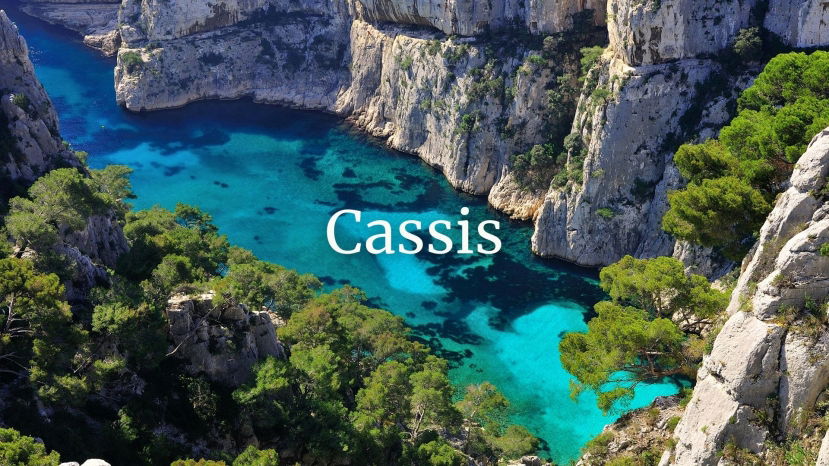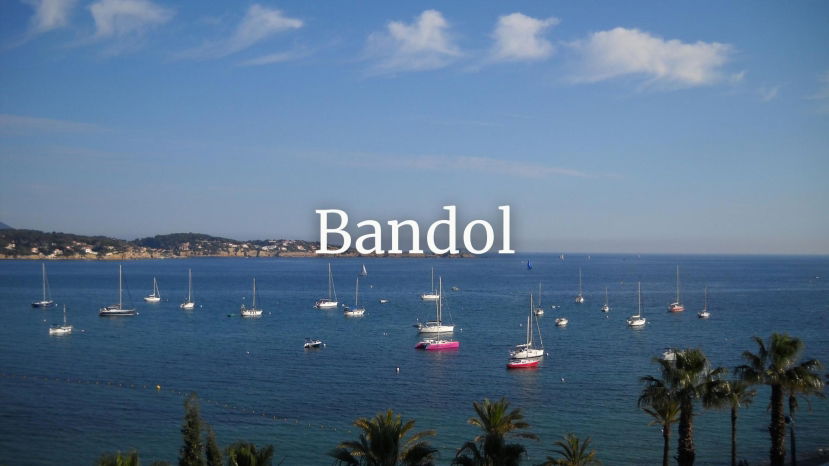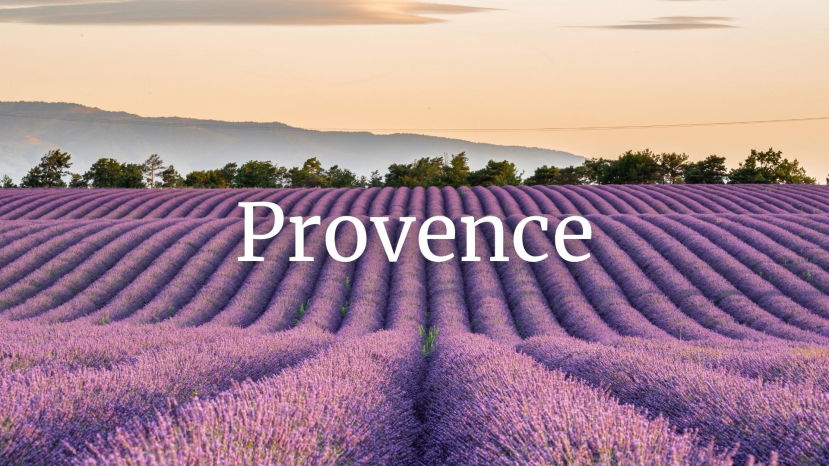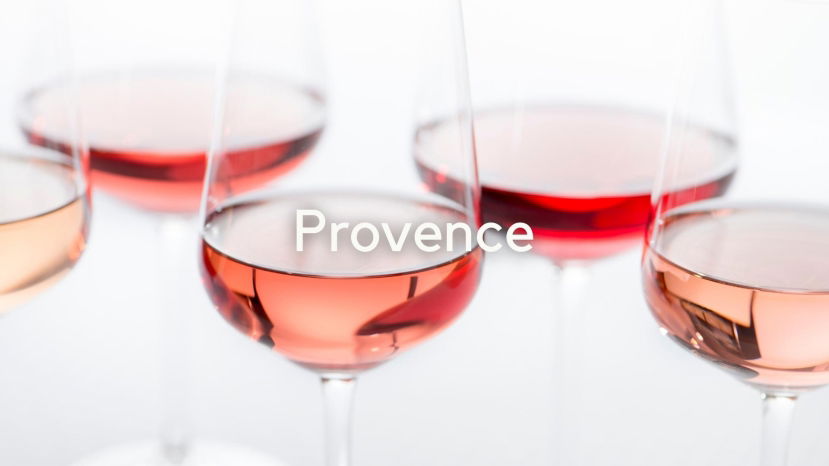BLOG
Provence
Summary: Cassis is an appellation which defies the odds. In a highly popular tourist destination, it specialises in white wines in one of the hottest regions of France. Using many old traditional varieties, producers are managing to create not only fresh drinkable wines, but are also adapting to create wines which retain the character of Cassis, with subtle variations of terroir and
Summary: Perception often outweighs reality and Bandol’s image is the perfect case in point. Bandol reds have a reputation for being big, brooding, deep, dark tannic wines. The appellation is best known for its reds. Its signature grape, Mourvédre, is said to need its feet in the sea and its head in the sun to ripen properly.
Summary: Regenerative Viticulture is one of the most exciting developments in wine sustainability in a generation. Here we showcase three fantastic French producers who have taken the leap and converted their vineyards to this method of farming. All the details of the wines are downloadable in the pdf above, along with some links to further information you may enjoy. About the Speaker: Justin Martindale is the Wine Scholar Guild Membership Manager
Summary: The movers and shakers of Provence are often invisible, behind the scenes, and rarely lauded. Although domaine owners get a little more press than the winemakers, viticulturists and reseachers at the Centre du Rosé, most everyone flies under the radar. Identifying the VIPs of Provence will illustrate what’s happening now in this colorful region… and all the exciting things to come! Presenter: Elizabeth Gabay MW
Summary: Provence is all about rosé. In fact,rosé makes up 90% of Provence's total wine production. Not surprisingly, the economics of rosé is very important. As a wine largely made and sold within the same year,rosé is extremely attractive to producers, especially when the financial outlook is uncertain. Join us as Elizabeth Gabay shares her insights into the economics of the Provence wine





